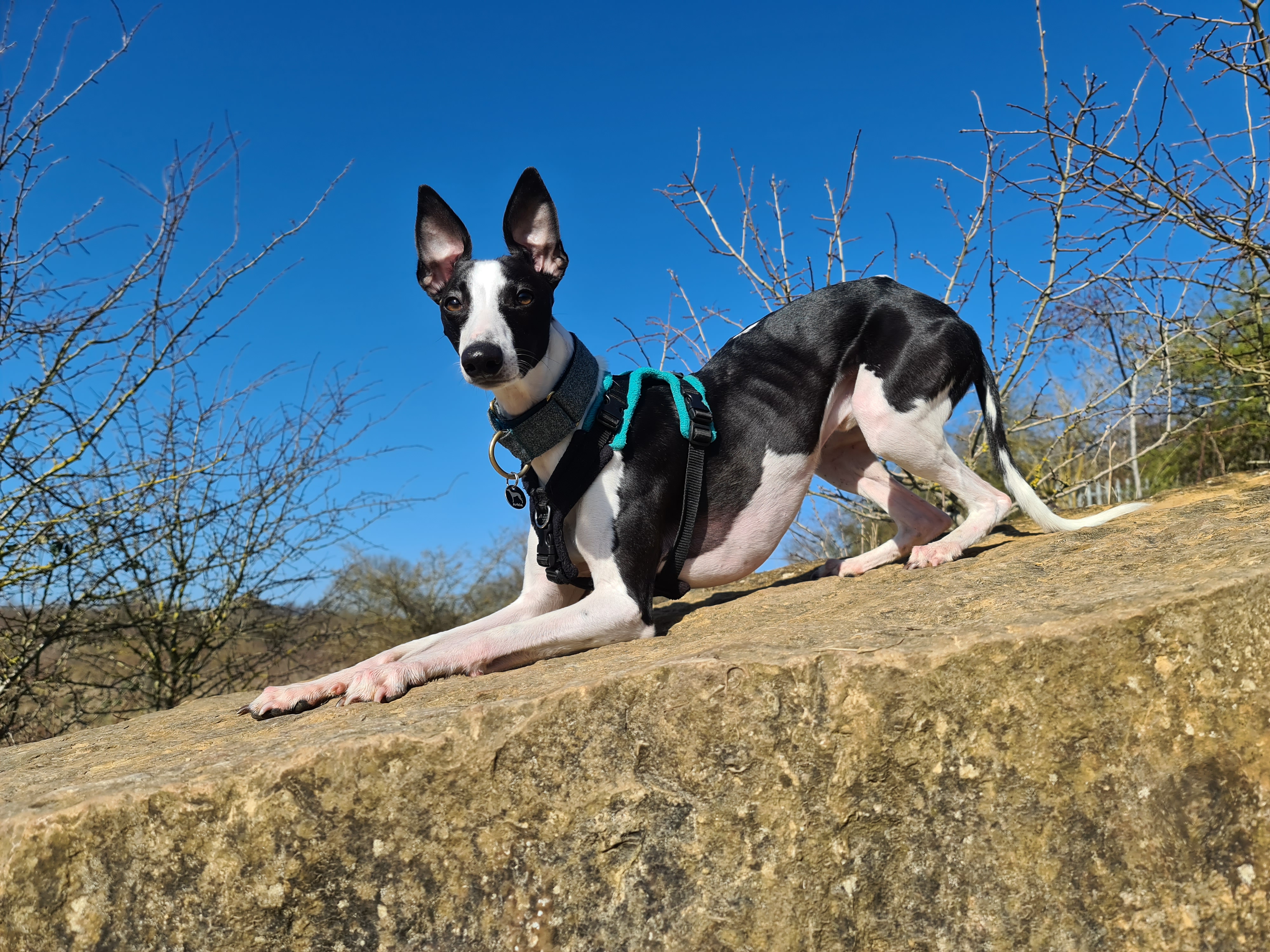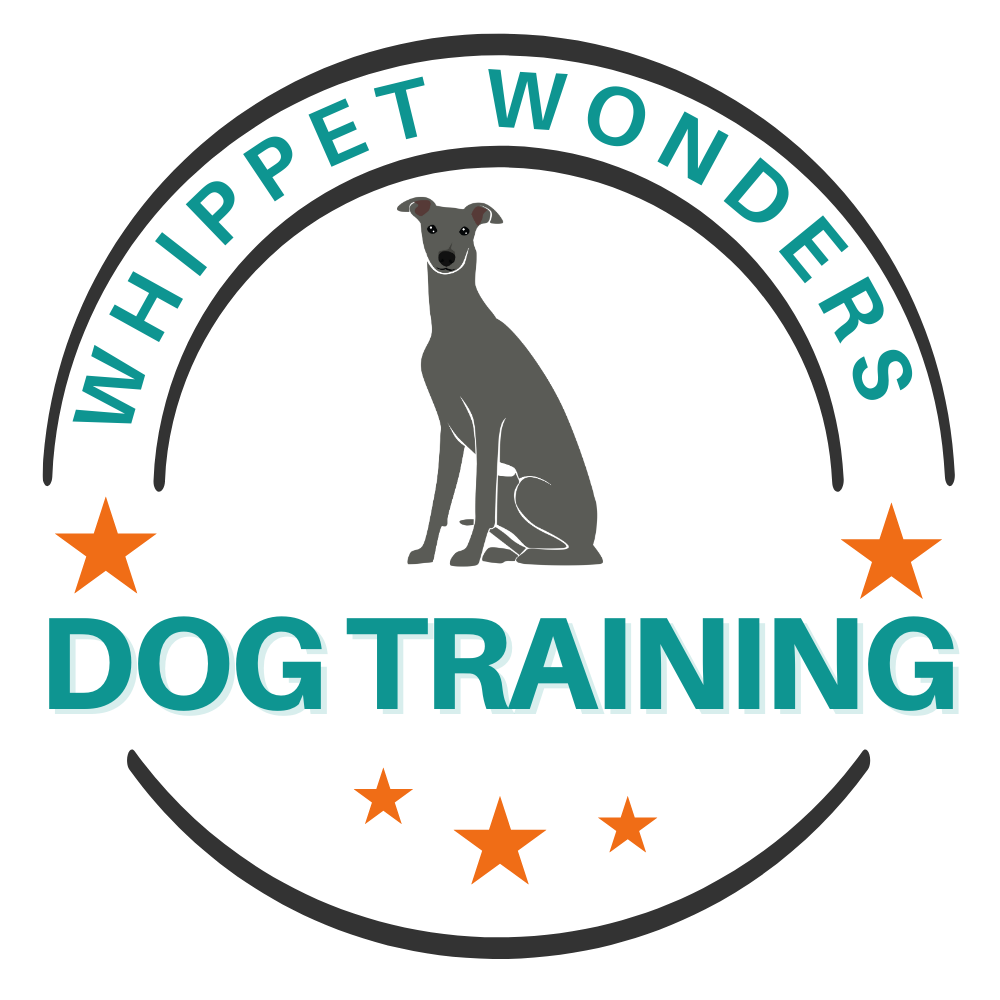Welcome to The Blog
Here you will find tips for training your Whippet as well as musings from my work as a trainer & behaviourist.
This includes training tips, multi dog household insights, reactivity, recall and focus!
I will also update this blog with updates on Arkle with his behaviour and health for those who have followed his journey!


Reactive Whippet? Understanding Reactivity and How to Help Your Dog
“My dog is reactive”
When people get in touch with me, this is usually one of the most common enquiries I get. Its something that once was quite clear, it would mean I was getting an enquiry about a dog who was fearfully barking at other dogs, they want to create distance.

Now when I get enquires for reactivity training? It could mean anything! From a dog who has a prey drive, trying to chase cats or birds. Or a dog who is so excited to see people on walks they squeal, shout or jump up.
The problem with the word “reactive” is that it doesn't tell me or anyone anything much really anymore.
People use the word reactive to describe anything that's a problem behaviour onlead directed towards others.

For me Reactivity is a dog who is reacting negatively to certain triggers. This could mean they are barking, lunging, snapping, growling. It could be from frustration or fear. But in general, the behaviour visually looks antisocial, and often loud. It's an excessive emotional reaction to something.
Then id describe a dog who is barking , or mildly vocalizing in excitement towards people or other dogs as “over excited”. This feels clear, the dogs goal is social interaction.
While a dog who wants to chase, hunt or similar would be a dog who has issues with “prey drive”.
When dogs are reactive, dogs who have an overwhelming negative reaction to triggers, what we want to do is change their emotional associations with their trigger.
This means we want to change their feelings about their triggers.

This means that we find a distance where they are “under threshold” - this is a distance where your dog is NOT reactive to that trigger. We find that sub threshold distance and reward your dog for either looking calmly, or disengaging and looking back to you- depending on the root cause of your dogs issues or your dogs body language.
This helps to create positive associations and actions around their triggers. And also in time they will learn to look back to you around those triggers, as they associate the trigger with food from you.
We never want to be shouting, punishing, yanking or such with these dogs as we often make that reactivity much worse. We can make the trigger associated with us getting mad, increasing their negative association with that trigger further.

If we suppress that behaviour with aversives ( something your dog finds scary or something worth avoiding) or similar, it tends to simmer under the surface, with your dog still likely to react more intensely one day. This means we may stop your dog barking by shouting or yanking at their lead, but they may be more inclined to snap or bite if the fear is too overwhelming once up close.
Even saying no to a reactive dog is just pointless and doesn’t teach them anything. They aren’t thinking straight in that moment, they just need more distance.
Reactivity isn’t about right/ wrong, or obedience, it is about emotions, relationship , trust and setting up for success.
For Sighthound Specialist Reactivity Support get in touch https://whippetwonders.co.uk/reactivity

